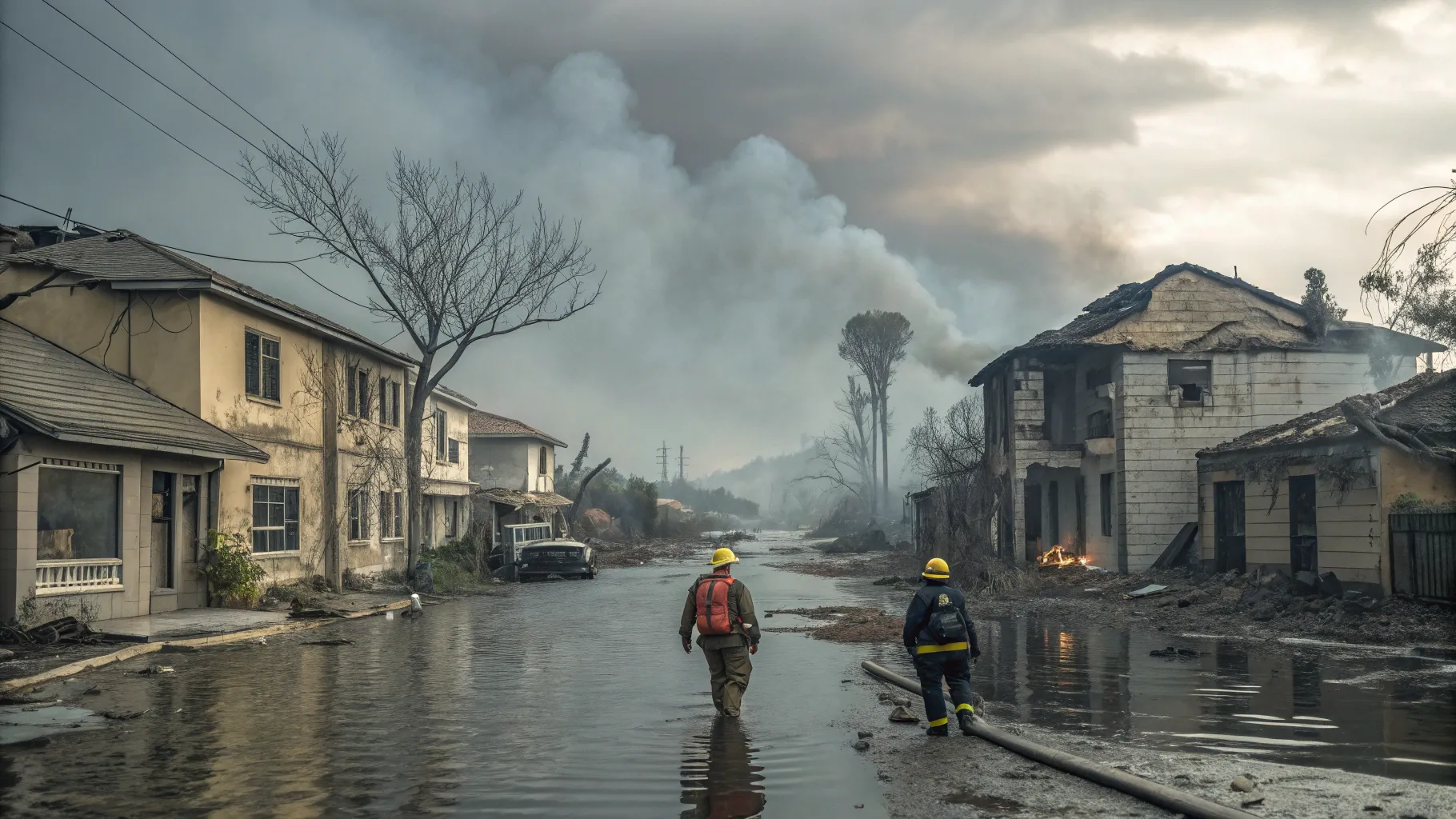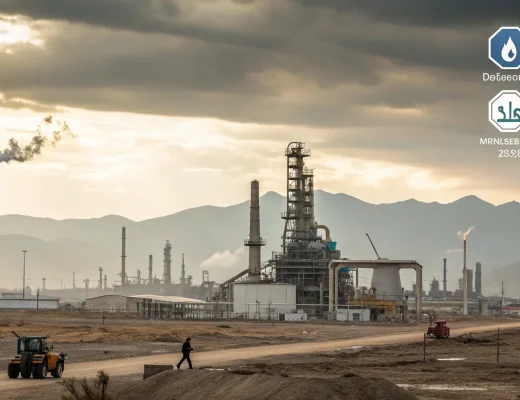As severe storms, floods, and wildfires hit more communities, insurance regulators are warning that risk is changing faster than pricing and policy rules can keep up. In a recent appearance on Fox Business’s Mornings with Maria, National Association of Insurance Commissioners (NAIC) President Jon Godfread outlined how
weather-driven losses are straining coverage in high-risk regions and reshaping the market for homeowners and businesses.
He described a system under pressure, with reinsurance costs rising, carriers recalibrating exposure, and state regulators racing to protect consumers while keeping insurers solvent. The concern is immediate: where coverage remains available, it is often more expensive, with higher deductibles and tighter terms.
Rising Losses and Shifting Risk
Recent disaster data shows why insurance markets are tightening. The United States set a record in 2023 with 28 billion-dollar weather and climate disasters, according to the National Oceanic and Atmospheric Administration (NOAA). Those events included severe convective storms across the Midwest and South, multiple floods, tropical cyclones, and costly wildfires.
Global insured catastrophe
losses have stayed elevated for several years, Swiss Re Institute reports, reflecting more frequent severe weather and higher property values in risk-prone areas. That
trend pushes insurers to reassess models and pricing. It also raises questions for regulators about affordability and access in communities that need coverage the most.
Regulators Weigh Access and Affordability
Godfread said regulators are trying to balance solvency and consumer protection. That means reviewing rate filings tied to catastrophe models, overseeing insurer withdrawals from high-risk zones, and reinforcing the rules for claims handling after large events. Many states are also looking at public backstops and residual market plans to keep coverage available when private carriers pull back.
Several high-risk states have seen insurers pause new business or raise rates on coastal
wind and wildfire lines. That is pushing more homeowners into state-run “last resort” plans. While those plans fill gaps, they can
spread risk across the market and expose taxpayers if losses spike.
Mitigation and Stronger Building Standards
A major theme of the discussion was the need to limit
future losses by reducing exposure. Regulators, insurers, and local officials are increasingly aligned on stronger building codes, better land-use planning, and incentives for home hardening and defensible space in wildfire areas.
- Upgraded roofs and wind-resistant materials can reduce storm losses.
- Fire-safe construction and vegetation management can lower wildfire risk.
- Floodplain planning and elevating structures can curb flood damage.
Several states already tie premium credits to mitigation steps. The challenge is scaling those programs, funding upgrades for low- and moderate-income households, and
verifying improvements at policy renewal.
Reinsurance Costs and Market Stability
Behind the scenes, reinsurance prices have risen as reinsurers reassess peak perils. That cost flows to primary insurers and then to policyholders. Godfread pointed to the need for predictable regulatory frameworks so carriers can
price risk with more confidence and keep capital in the market.
Some carriers are using more granular pricing, adjusting by neighborhood or even parcel, based on data about building materials, elevation, and local hazard history. Regulators are scrutinizing those methods to ensure fairness and transparency, especially where data quality varies.
Consumer Impact and Coverage Gaps
For households, the immediate effect is clear:
higher premiums and deductibles, and more exclusions in catastrophe-prone areas. More borrowers must secure separate flood or wind coverage to satisfy mortgage requirements. Renters face pass-through costs in the form of higher rents as building insurance climbs.
Consumer advocates warn about coverage gaps. Standard homeowners policies often exclude floods, and some areas lack affordable options. Regulators and industry groups are urging clearer communication of exclusions and limits so buyers understand their risk.
What to Watch Next
Godfread highlighted several developments that could shape the next year. Expect more
state action on building codes, disclosure of property risk, and incentives for mitigation. Watch for reinsurance renewals to signal whether pricing pressure will ease. And look for carriers to expand parametric and community-based products that pay out quickly after defined events.
NOAA’s early-season updates and state catastrophe
funds’ financial reports will be key signals. If losses match recent years, pressure on rates and availability could continue, especially in coastal and wildfire-prone regions.
The takeaway is stark: climate and exposure trends are pushing the insurance system to adapt faster. Regulators, carriers, and homeowners have tools to reduce losses, but progress depends on consistent rules, better data, and upfront investment in stronger buildings. As storm and fire seasons intensify, the test will be whether those steps can keep coverage both available and within reach.







